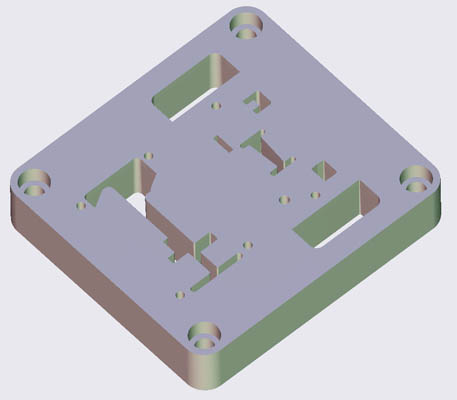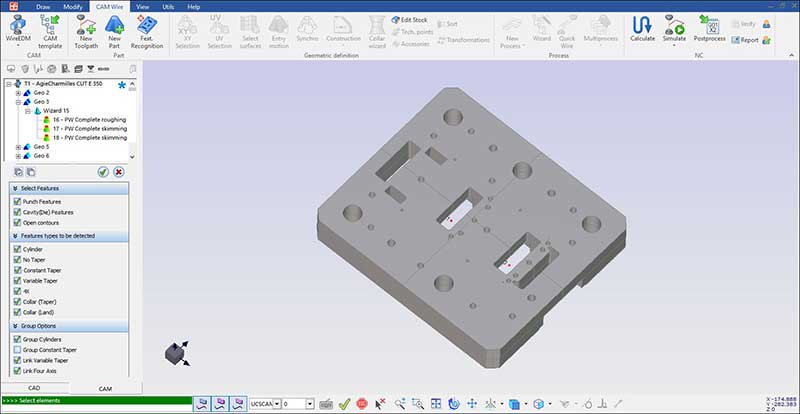There are some aspects that we need to clarify about this: At first glance, one could imagine that the Wire Edm process is a simple production process, with easy transportability from one machine to another (like for milling, simply by choosing a different postprocessor), quick definition.... and we’ll be really far of the real situation.
Being easy to work and automated must be one of the requirements, but transportability demands a deep knowledge of the cutting technology, the machine and the NC controller. Unfortunately, or fortunately for the people who know the way, it is not enough to choose another postprocessor to obtain the same cutting result in a different Wire EDM machine. Except for a few very simple cases.
Different parameters tables for different machines
Another premise is that the cuts, both for the precision tooling and the automotive industry, may demand a number of changes until obtaining the valid final part, involving full 2X and 4X cutting processes, with all its different variations and using 3D geometry.
Leaving aside other aspects of the technical office, we also find that it is desirable that the cutting processes can be defined at the end of the design stage, independently of what the final geometry might be. It is better to avoid the shopfloor dependencies and the unnecessary customizations for personal wishes.
As we have discussed before, it is common to find a CAM system with some CAD functionality linked to the Wire EDM machine because they both were purchased together with no option to choose. However these systems are not offering the possibility of new programming tools for different or new machines and different ways of working. Three different machines mean three different software and three different ways of working. This is not really a comfortable situation.
The Fikus Visualcam™ Wire EDM solution is one of the few CAM solutions for Wire EDM giving the right approach with all the machines and technologies that can be found in this complex field. The partnership with CIMATRON™, the integration with the AgieCharmilles machines (directly within the CNC) and the international projection are not coincidence. Cutting geometry handling, geometric updates and fast geometrical CAD analysis (many times too hard or impossible to do depending of the system), cutting procedure automation and technology wizards are simply unique.




